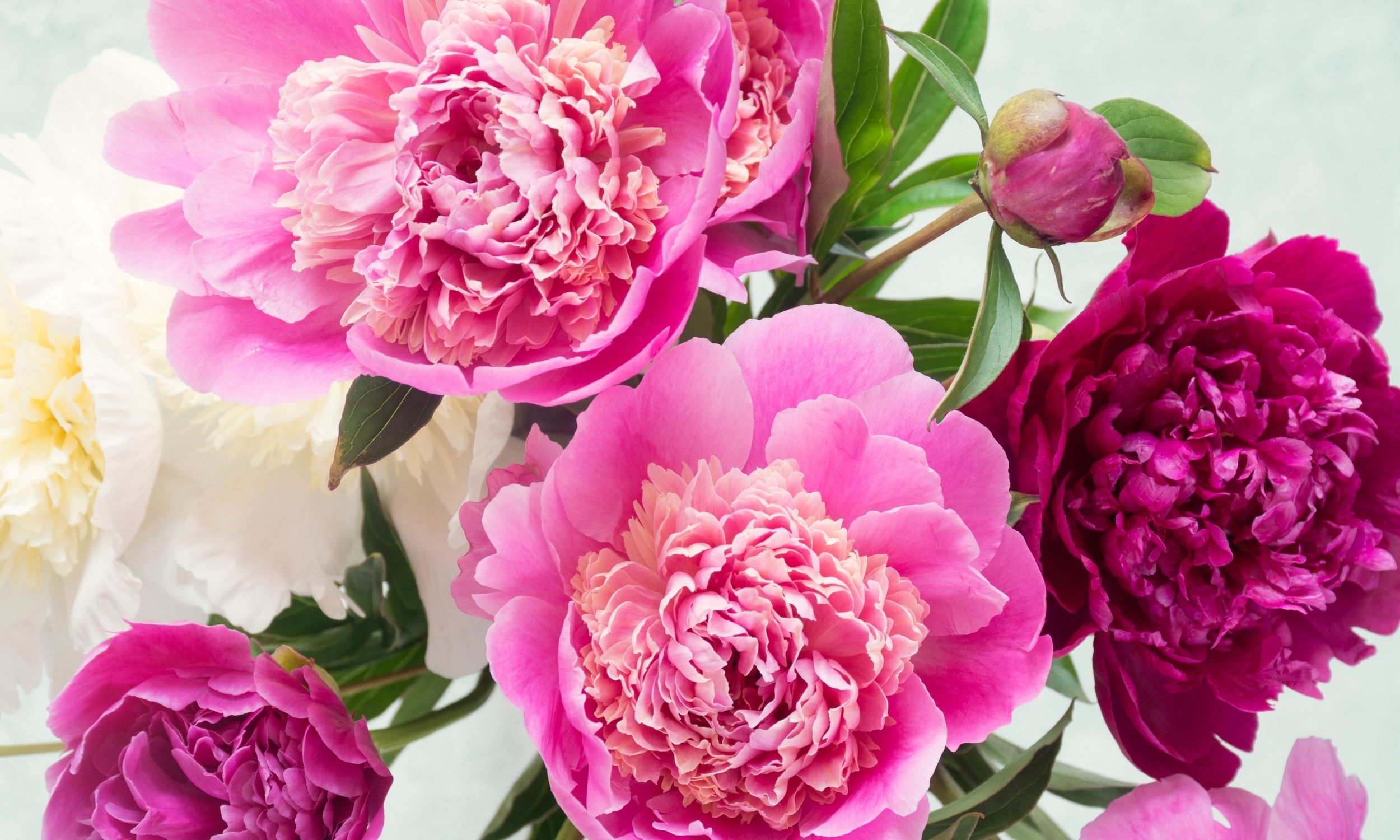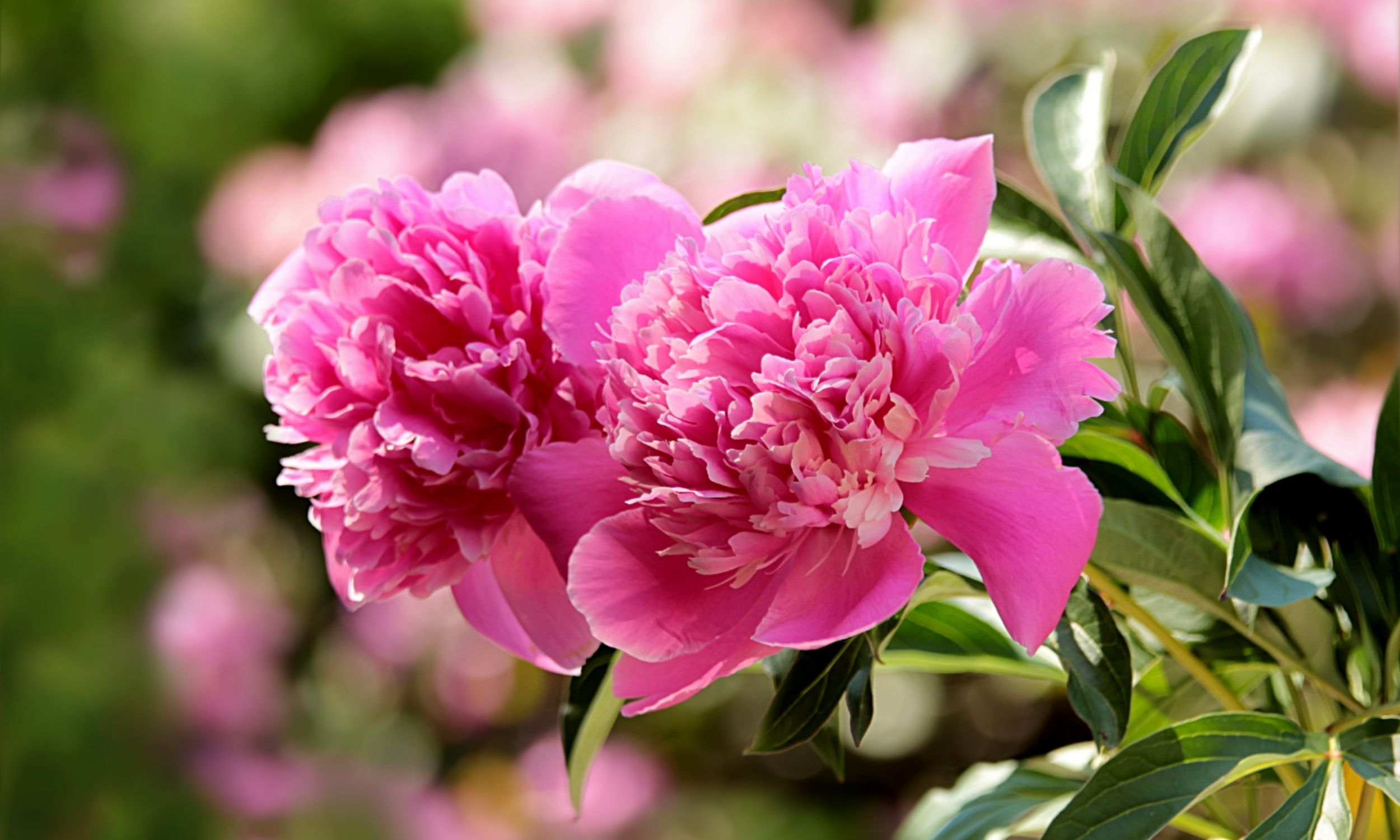Peonies on the Flower Farm
Peonies those beautiful fluffy flowers that last for weeks in a vase. Ahhh some of the most desirable when it comes to spring bouquets and desired by florists. So as a flower farmer you of course want them (I know I want hundreds of them)… which is amazing but there are a couple of things you should know when it comes to Peonies on the Flower Farm because I know you want to be profitable and successful.
So here are a few things to consider when planting peonies on the flower farm!!
Disclosure: Some of the links below are affiliate links, meaning, at no additional cost to you, I will earn a commission if you click through and make a purchase.
How to Plant Peonies on the Flower Farm
Planting Depth & Peony Spacing
Ideally, the goal is to plant the peony root in such a way that the “eyes” (or buds located on the root at the base of each stem) are just 1–2 inches below the soil, so they have some protection but aren’t too deeply buried.
When transferring a potted peony into the ground, it should be easy to plant the peony at soil level, as the potted plant should already be planted to the correct depth in the pot. However, with bare root peonies, it’s a little trickier. Each root will look different, and the eyes may not necessarily be as neatly positioned on the root as expected.
In this situation, do your best to get most of the eyes at the correct level, and mother nature will work her magic from there. It’s also vital to backfill soil under the peony root as needed; there should not be any pockets of air left under the roots which could otherwise cause rot from pooling water or cause the plant to sink too deep in the soil.

Some growers plant their peonies in single rows while others plant in double rows, and there are tradeoffs to consider for both methods. Double row plantings help maximize the profitability of the space but will likely result in rows that are densely packed and possibly at higher risk for foliar disease due to a lack of air circulation around the plants.
Peonies planted in single rows experience improved ventilation, but fewer peony plants will fit within the area overall, depending on the size of the walkways in between each row.
In addition, it may be easier to harvest cut flowers from single row plants since the entire plant is reachable from all angles when cutting; however, double row plantings have a fullness that is visually pleasing if you will have visitors to your cutting garden.
Within a row, plant peonies with at least two feet between each plant, which sounds like ample room but is very close once the plants mature. It is certain that the leafy foliage of healthy peonies will be touching within the first few years of growth when planted at two-foot increments.
For better air circulation between plants, consider planting your peonies further apart as space allows, and offset each plant when growing in double rows. Raised beds should be a minimum of three feet wide so that roots can spread in all directions within the growing space.
Irrigation for Peonies on the Flower Farm
Peony plants are highly susceptible to certain diseases, in particular, botrytis sp., which thrives in high humidity, low airflow environments.
Because of this, one of the best preventative measures you can take against foliar disease is to drip irrigate your peony plants.
The idea of installing irrigation is new to a lot of growers, but there are many affordable and easy-to-use systems on the market which can be set up very quickly and will last for years. The time that you spend installing drip irrigation will pay dividends in time saved and potential disease mitigation down the road.
If you are watering on a slope, then you’ll want to use irrigation line with pressure compensating emitters, so that your plants are watered evenly. If you are on flat ground, simple drip tape is very affordable and, although thin, may last for multiple seasons if holes are mended each spring.
Young Peony Plants – Year 1 -3
A peony cutting garden develops slowly, and the plants must be allowed to establish themselves before harvest can be taken. It is normal for a peony plant to flower very little or not at all within the first three years.
This is what makes growing peonies hard for flower farmers. You just have to keep in mind that you are doing the best for the plant and your patients will pay off. Not cutting your flowers for the first three years is a good thing for the plant, it is giving time for root growth rather than the development of flower buds, which are technically for reproduction. Many professional growers will remove all the buds from their plants during their first few years, hoping to encourage robust development of the roots.
That said, there can be an argument made for letting one flower open per young plant to confirm that the root you received is true to the cultivar that you ordered from the supplier.

Mature Peony Plants: Years 4+
Around the fourth year of growth, many growers report that their peony plants really take off. It’s an exciting time, as all of the care that has been put into the plants finally begins to show!
Peony plants are usually easy to maintain once established, just remember to perform a few key steps every season:
Collect an annual soil sample to monitor nutrient availability over time.
Work amendments into the soil as indicated by the soil analysis (rather than guessing!).
Watch your plants for disease and pests.
Keep the peonies weeded and well-watered (note: although they do not like to have their roots in standing water, peonies do need to be watered thoroughly and regularly).
Ants on Peonies
At our peony cooperative, we are asked all the time about the relationship between ants and peonies. The truth is, ants (like bees) visit the closed peony buds to collect the nectar that is extruded on the outside of the peony bud. The nectar is a source of carbohydrate for the insects that collect it; however, peonies are capable of blooming without the assistance of ants or any other type of insect.

Grow Cut Flowers
Get Started NOW Bundle
How to Plant Beautiful Bouquets eBook (what to plant to great stunning bouquets). Garden Planner & Journal (planning pages to help you stay organized in the garden).
What kinds of peonies can you plant?
Peonies grow in USDA Hardiness zones 4 to 8, so make sure you choose one that can survive winters in your area. They need a period of winter dormancy, so they don’t grow in hot climates.
There are three main types: Herbaceous, tree, and Itoh peonies. Herbaceous peonies get a few feet tall and die back to the ground every winter, returning with new foliage next spring. Woody, or “tree” peonies are a woody shrub that reaches 6 to 7 feet tall with loads of large flowers. Itoh peonies, developed in the 70s and 80s, are a hybrid of herbaceous and tree peonies. They die back to the ground, but the large blossoms resemble those of tree peonies.
Many peonies have wonderful fragrances, too, but read the plant tag or description so you know what you’re buying. Popular varieties to try include Festiva Maxima, Sarah Bernhardt, Lorelei, and Madame de Verneville.

There are so many beautiful peony cultivars on the market, so how does a grower know which are the best for harvesting? In a few words, it takes research and experimentation.
Plant characteristics are usually listed on the websites of root producers, so make sure to look for cultivars that grow tall, have sturdy stems and may already be designated for cut flower production.
In general, double form peonies tend to be reliable bloomers on the plant and in the vase, and are good for new growers.
Some peonies are a bit more temperamental or delicate than others, so planting a mix of bloom forms and cultivars can be a good strategy.
Growers in warm climates may want to select early blooming varieties to ensure that harvest is done by the time summer’s high temperatures kick in. In cool climates, growers can try a mix of early, mid, and late blooming varieties for a protracted harvest season.
Growing a large peony cutting garden allows the grower to benefit from deeply discounted wholesale root pricing.
Wholesale peony roots are sold by the crate, which usually holds around 50–60 bare roots each, depending on the size of root that is ordered.
